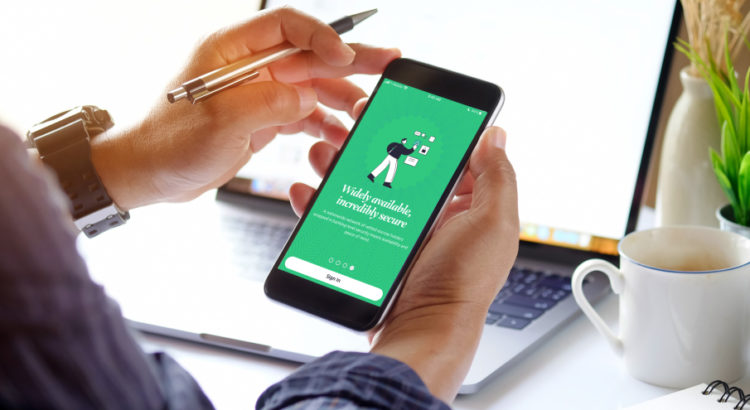Chris A. Studebaker, CEO, REALTOR® Association of the Fox Valley, Inc.
What would we do without technology? We as association executives have been trying to push our members to embrace technology in all areas for a very long time. Lost your SentriKey card? Use the app to get into that property. Have a buyer from out of state to whom you want to show a property? Hop on your phone and give them a virtual tour. Can’t make your committee meeting because of a listing appointment? Join the meeting via Zoom. Don’t have the time or means to attend the NAR national convention? Watch it online! And during this lockdown period due to the pandemic, technology has literally saved our business. Where would we be without Zoom, without Facebook Live and FaceTime, without webinars, virtual closings and apps on our phones that help us do what we once did with our clients in person? Technology has helped real estate to adapt to our lockdown world and to not only carry on, but thrive!
But, I often wonder, as I sit typing this article on my computer while checking emails on my phone, and watching my teenage son spend hours on his phone “talking” to friends — “Is technology really helping us, or is it hurting us?” When I was his age, I was getting together with friends to cruise the main drag, play football or “hang out” at each other’s houses. We were having lengthy phone conversations — I wasn’t sending three-word texts back and forth, never seeing one another. And I may be dating myself, but I can remember days when you took your college final exams in large lecture halls and you interviewed for your first job in person. Those are obviously things of the past. Now, I realize that much of this “new-normal” behavior is due to the pandemic restrictions, but I can’t help but wonder, “Will we ever go back to the way it was?”
The lack of in-person communication has affected all of us. We are all face-down in our phones reading our short text messages instead of having heads-up conversations where we can see expression, body language, emotion, feelings. As an industry, we’ve replaced much of our in-person interaction with virtual. Many offices are looking to downsize their space needs because in-person office meetings and classes are becoming a thing of the past.
Even though I miss our face-to-face interactions, I, for one, can appreciate the “push” that the pandemic gave to all of us in the area of technology. It forced those who were not embracing technology to give it a big bear hug and set a place at their business “table” for it. I’m also impressed with how tech-savvy our membership has been forced to become. The number of calls we receive from people having technical difficulties has dramatically decreased. People are more patient with technology hiccups, and they’re more committed to working out the problem themselves. They realize that technology is here to stay, and they may as well get used to it. They say that there is a silver lining in every cloud… even in a pandemic. The positive nuances of the technological push may be COVID’s.
Everyone can also agree that Zoom calls, virtual tours, texting, online MLS — all of these advances in technology have made us incredibly efficient, way more accessible and save us enormous amounts of time. Our embrace of technology also helps us in our diversity, equity and inclusion efforts. Technology helps to make the homebuying process accessible and available to all people. Those who are physically challenged and cannot make an in-person listing appointment can now see their future home through the eyes of their Realtor giving them a virtual tour. Those who cannot take off work or get child care to meet with their Realtor to list their home can now do all that is necessary through email, text and electronic signatures. It has truly changed the rules of the game.
Technology is exciting, helpful, smart and slick. It makes all our lives easier and helps us all to strive to be better. And there are so many more advances to come. I am excited for what is on the horizon with technology. I guess what I’m trying to say is, I love the edge that technology is giving us in real estate by allowing us to work quicker, smarter and better. But at the same time, let’s all promise that we don’t totally lose our in-person connections. Because as Realtors, that’s what our business is all about… the people.


